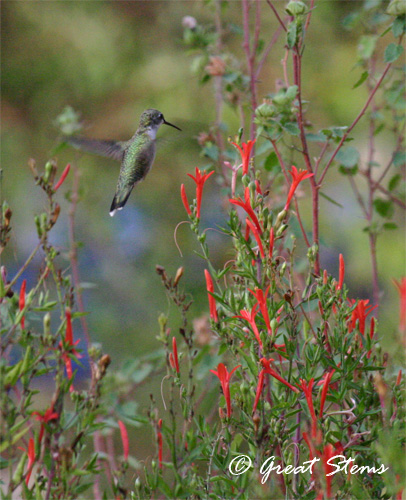 If you love nature as much as I do, and you live in the Austin area, I cordially invite you to register for the 2011 Wildlife Austin Habitat Stewards Training. This program is a co-project of Willdlife Austin and National Wildlife Federation, and through the program you will become part of a great team of volunteers who are really making a difference in Austin’s environment. l can tell you from experience that the class is fun and the training is outstanding. You’ll learn about some of the most wildlife-friendly native plants, go in-depth with soil and compost knowledge, take on invasive plants, learn multiple aspects of wildscaping design principles, planting, and maintenance, and so much more. Our wonderful Habitat Stewards then educate and assist others in creating and restoring habitat in neighborhoods, parks, schoolyards, and other community places to help Keep Austin Wild!
If you love nature as much as I do, and you live in the Austin area, I cordially invite you to register for the 2011 Wildlife Austin Habitat Stewards Training. This program is a co-project of Willdlife Austin and National Wildlife Federation, and through the program you will become part of a great team of volunteers who are really making a difference in Austin’s environment. l can tell you from experience that the class is fun and the training is outstanding. You’ll learn about some of the most wildlife-friendly native plants, go in-depth with soil and compost knowledge, take on invasive plants, learn multiple aspects of wildscaping design principles, planting, and maintenance, and so much more. Our wonderful Habitat Stewards then educate and assist others in creating and restoring habitat in neighborhoods, parks, schoolyards, and other community places to help Keep Austin Wild!
My experience as a Habitat Steward has been incredibly rewarding, and I continue to strive for more ways to help protect our natural habitat and keep Austin green and wildlife-friendly. My fellow Stewards are an inspiration, and I love seeing all their habitat efforts across the city!
The training is only $40, and classes are held on Thursday evenings and Saturdays from September 8 to October 6, 2011. Details and registration information can be found at the Wildlife Austin site. I hope you will join us!
What a wonderful program that i wish we had here. I will continue my little part here.
Sadly, despite these efforts the City of Austin has also made it illegal to put out seed, nuts, etc – unless they are placed in a feeder at least five feet above ground. The same group that pushed for this ordinance – the Northwest Austin Civic Association – is now asking the city to make it illegal to put out water as well. This seems extreme, especially given the stress of last year’s drought on all wildlife.
Hmmm, Jim, thanks for letting me know. I understand the deer concerns, and I always recommend deer-resistant plants for areas accessible to deer — not because I don’t like deer but because with no natural predators left to control their populations, a lack of plentiful food helps prevent a big surge in deer numbers. But there’s a difference between providing for wildlife such as birds and toads and intentionally feeding deer. It can be done with just a little conscious effort on where birdfeeders and water are placed. However, because of Texas’ unique keystone role in migratory species’ paths of migration and because so much wildlife habitat has been lost across our state and country, those birdfeeders, wildlife gardens, and birdbaths/ponds can be the difference between life and death for so many migratory and local birds and other animal species trying to survive, especially when drought is an additional factor. Intentionally feeding deer? No. Supporting urban habitat? Yes. Jim, thanks so much.